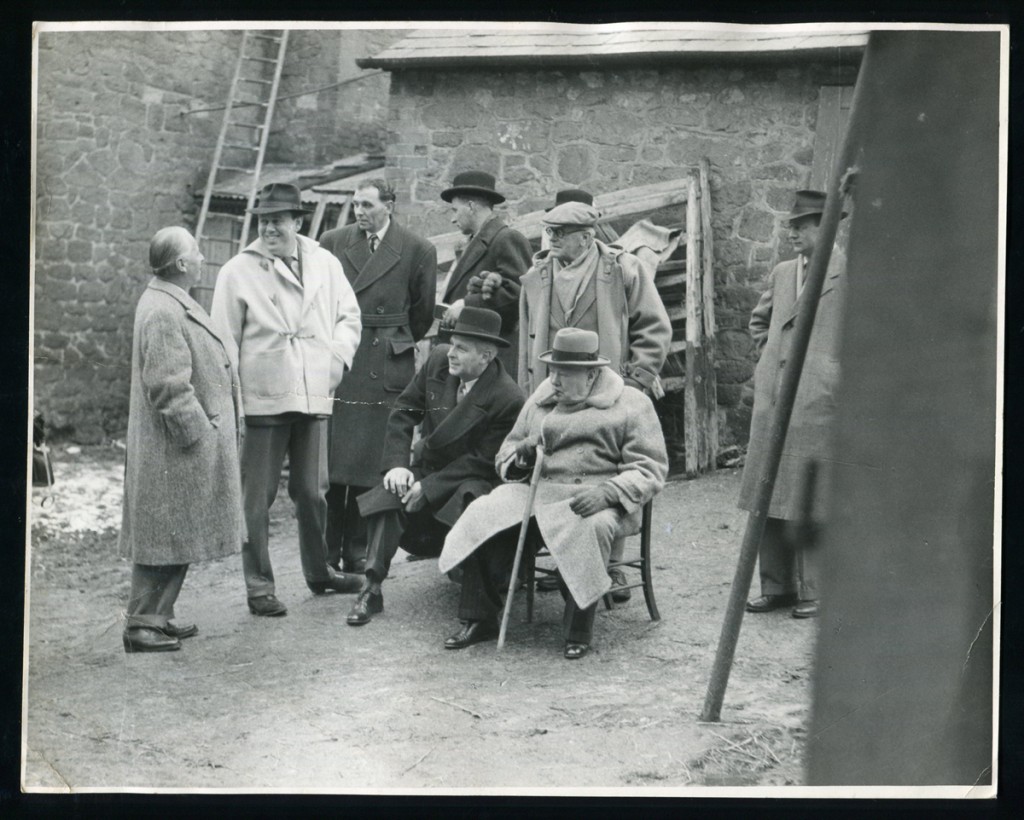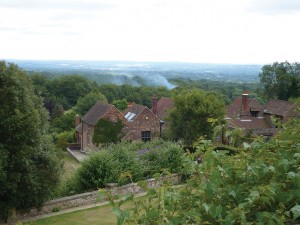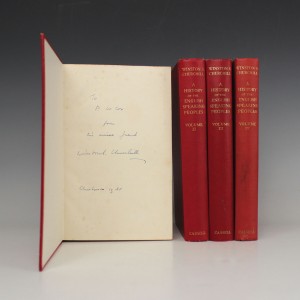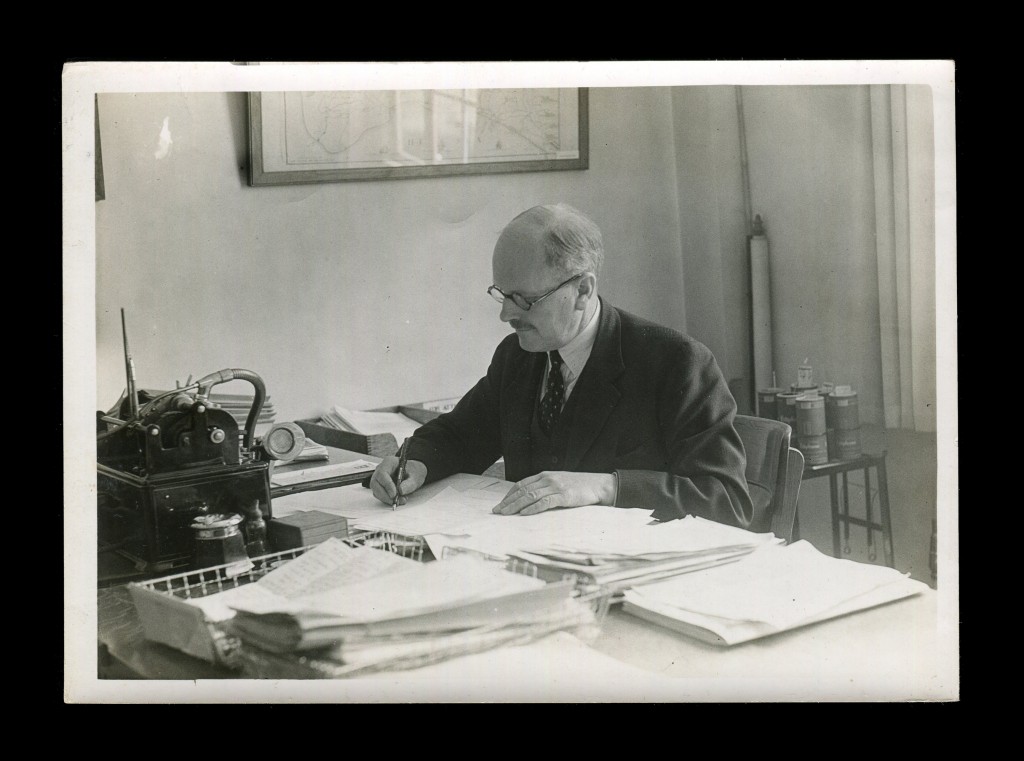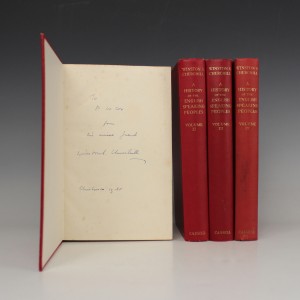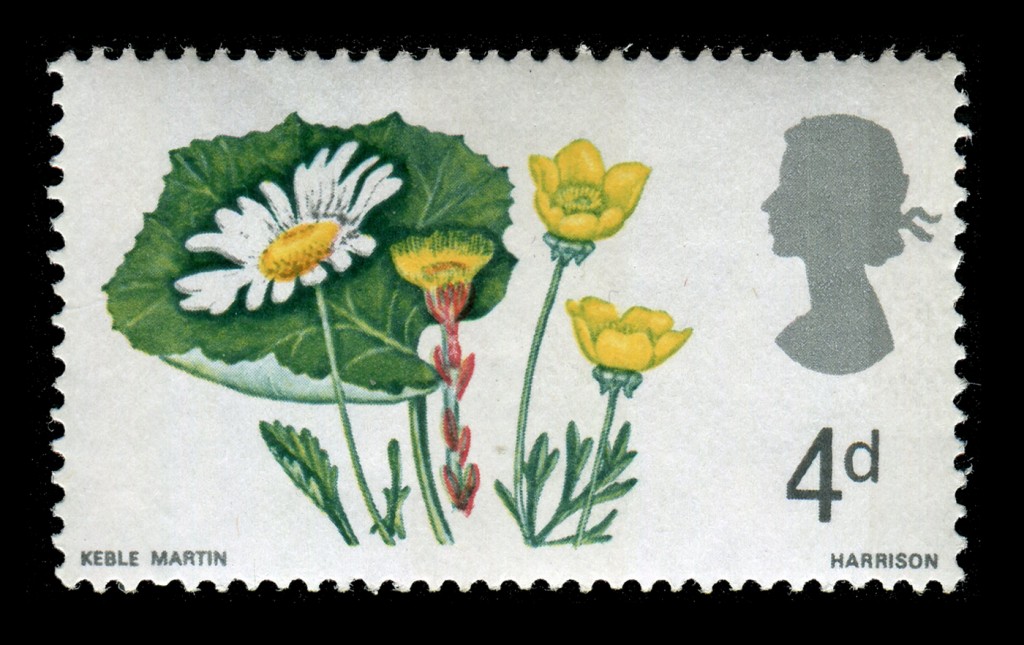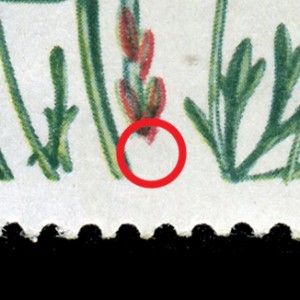A.A. Milne first alluded to ‘Smoking as a Fine Art’ in his 1920 essay of that title. He was referring to the pleasure of smoking a pipe and his view came from the perspective of a generation unaware of the health risks of smoking. Indeed, if you believed the advertising of Philip Morris in 1943, you would think smoking was actively good for you, as they claimed ‘tests showed three out of every four cases of smokers’ cough cleared on changing to Philip Morris’. Twenty-three years later, America banned cigarette advertisements on the television.
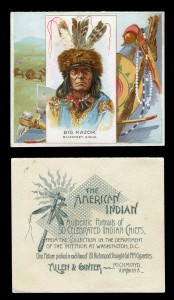
In 1875, almost a century prior to the television advertising ban, an American tobacco company, Allen & Ginter, started issuing cards to advertise their brand and to stiffen the somewhat flimsy cigarette packaging. The British firms of Wills and Players started issuing similar cards in 1887 and 1893 respectively, quickly followed by Ogdens in 1894. These advertising cards soon changed to pictorial images, which could be collected in sets of 25, 50 or even 100, and with this change generations of cartophilists, aka cigarette card collectors, were born. These cards were the hidden gems inside packets and were perhaps the ‘fine art of smoking’.
Sets of cigarette cards were intended to educate and entertain with pictorial fronts and descriptive backs. Some were collected, others played with by children in the street. As a fairly ephemeral item, a surprisingly high number survive in very good condition. It is fair to say that the majority of cigarette cards are common and are not particularly collected, more so now in the days of the internet, when supply can outweigh demand very quickly. The majority of collectors have these common sets already and may upgrade to particularly fine examples but otherwise can afford to be fussy, which reflects in the value of more common material. With this in mind, it should be noted that the majority of sets of cigarette cards are not worth consigning to auction individually and are often sold in collections with other sets.
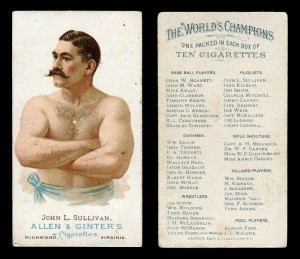
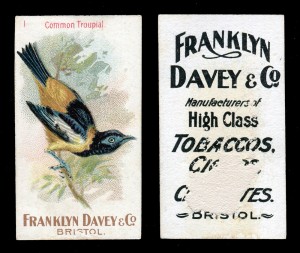
There is still a great number of collectors of cigarette cards deriving pleasure and interest from the hobby. The web has created a global market and, like all of Toovey’s auctions, their specialist sales of Paper Collectables are marketed online via www.tooveys.com in addition to currently being marketed via four other major collectors’ websites around the globe. They are even translated into Chinese on a website servicing the antique and collectors’ market across mainland China, an opportunity that would not have been possible twenty years ago. While the internet has clearly shown the commonness of certain sets, it has also highlighted the rarity of others and it is these scarce cards that still attract major attention from traders and collectors alike when they are offered at auction. Cigarette cards continue to sell well at Toovey’s, one of the few auctioneers still holding specialist sales of cigarette cards. The auctions are dates in the diary for everyone interested in the hobby. “Because Toovey’s hold regular auctions, it is easier to keep an eye on the market and adjust estimates accordingly to maintain our excellent sale rate and provide appropriate valuations for our vendors,” says valuer Nicholas Toovey.

Toovey’s sale of Paper Collectables on 5th November 2013 included a number of particularly rare cards, causing fireworks between the frenetic bidders, both in the room and online! Specialist dealers and collectors from around the country competed for some of the seldom-seen cards offered at the auction. The cigarette card section boasted an impressive 100% sold rate of all 107 lots in the cigarette card section. The top hammer price of £1900 was achieved for 24 extra-large size Allen & Ginter cigarette cards from the set of 50 ‘The American Indian’, issued circa 1888. While albums of rare-type cards also achieved four figures, the next highest price for a small group was £600 for more Allen & Ginter cigarette cards, this time 25 from the set of 50 ‘The World’s Champions’, issued circa 1888. Some serious scuffing to the backs of a set of 50 Franklyn Davey & Co ‘Birds’, issued circa 1896, did not deter bidders for this extremely rare set and, although it would have been worth considerably more in better condition, it achieved £550. It was not just the early American cards that were hotly competed for; many cards issued by British manufacturers also attracted attention, such as a set of 25 Taddy ‘Royalty Series’ which sold for £200, factoring in the good condition of the set from one of the most collected British cigarette card manufacturers.
Toovey’s hold three specialist sales of Paper Collectables a year, all of which include a good selection of cigarette cards.
